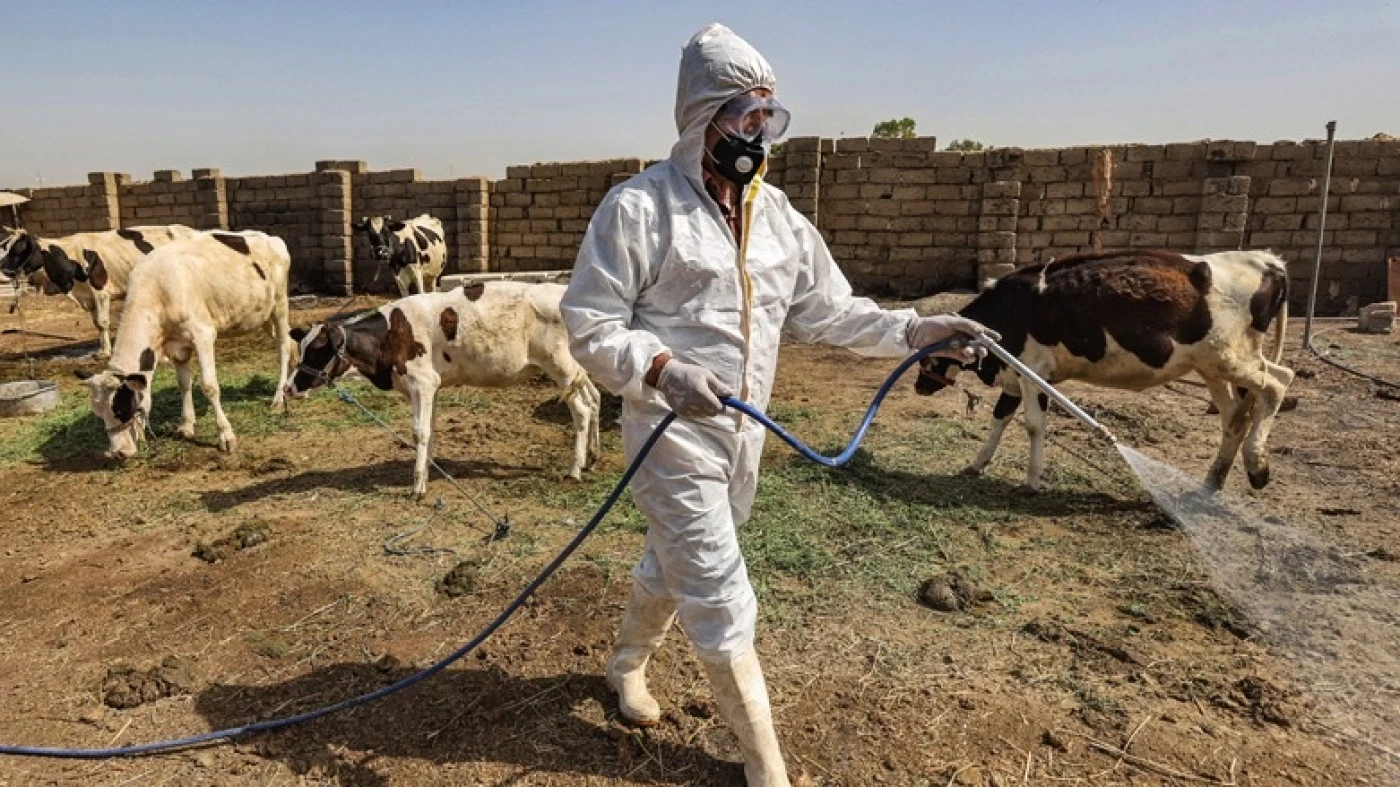ERBIL, Kurdistan Region of Iraq – A hemorrhagic fever outbreak has killed two in Kirkuk this year, while 14 confirmed cases have been registered across Iraq, according to the Iraqi health ministry.
In a statement received by The New Region, Ministry of Health Spokesperson Saif Al Badr said that "This year, 14 cases and two deaths from hemorrhagic fever have been recorded across Iraq."
He noted that six of the cases were in Dhi Qar, four were in Kirkuk, and Baghdad, Muthanna, Nineveh, and Basra each had one case. Badr added that two deaths have been recorded in Kirkuk.
Hemorrhagic fever is an infectious viral disease, often transmitted from animals to humans, with symptoms ranging from mild to severe and life-threatening.
"In severe cases, one of the most prominent symptoms is bleeding, or hemorrhaging, from orifices and internal organs," according to the WHO, who list "consumption of raw meat from infected animals or unpasteurized milk" as one of the routes of transmission for the disease.
Badr emphasized the necessity of storing meat at low temperatures and ensuring the use of sufficiently high temperatures during the cooking process to render the virus ineffective and protect against the infectious disease.
"Hemorrhagic fever has been endemic since the late 1970s," he said, adding that the ministry of health was able to keep the disease contained last year.
Certain variants of the viral infection can also be transmitted through mosquito or tick bites, while other kinds are spread person-to-person by way of infected body fluids, such as blood, saliva, and semen.



 Facebook
Facebook
 LinkedIn
LinkedIn
 Telegram
Telegram
 X
X


